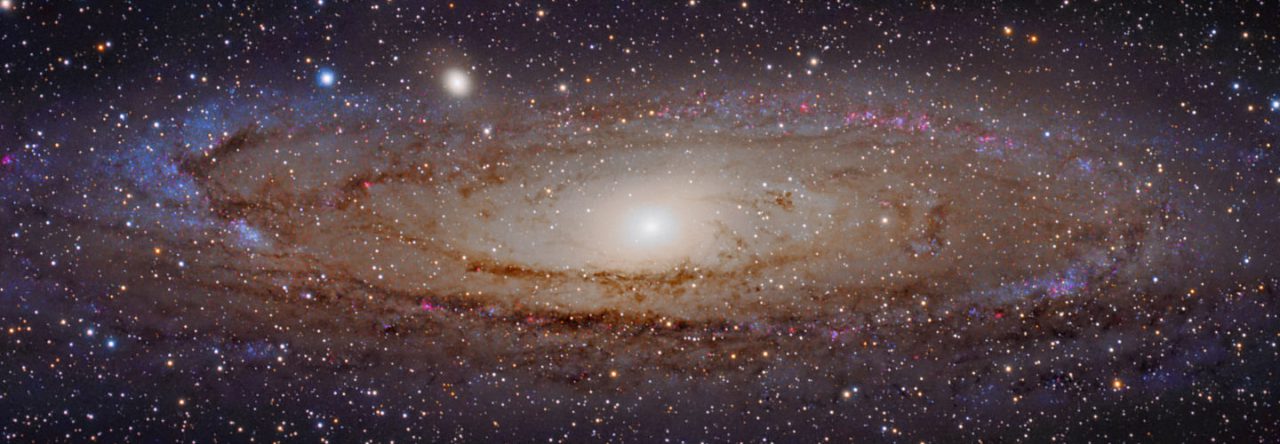
Recent and upcoming solar eclipses
After viewing the April 8 eclipse, you might be excited for the next eclipse. If you are willing to travel, you have several exciting options. In 2026 there is a total solar eclipse that passes over Spain, and in 2027 another eclipse is total from the north coast of Africa. In 2030 a total solar eclipse is visible from parts of southern Africa and Australia. There are also several annular eclipses (shown in red above), the so-called “Ring of Fire”, in which the opposite of a supermoon is too small to completely cover the sun, leading to a ring of sunlight leaking out around the moon. Like a partial eclipse, annular eclipses cannot be viewed safely without proper solar eclipse glasses or projection systems.

If you want to stay closer to home, there are a number of total solar eclipses scheduled to cross North America over the next few decades:

Note that the next total solar eclipse that is total as seen from Connecticut is not until 2079 – I don’t think I will see that one, and I certainly didn’t see the last total solar eclipse that passed over Connecticut, in 1925.
You can use your solar eclipse glasses to view the sun even when there isn’t an eclipse! Large sunspot groups can be safely viewed this way. Since the sun is increasing in activity in the run-up to solar maximum we should have increasing opportunities to see mammoth sunspot groups. You can see the current activity of the sun at the website linked here.

If you want to view a different type of eclipse, there will be a total lunar eclipse visible from Connecticut in the predawn hours of March 14, 2025. Unlike a solar eclipse, lunar eclipses are completely safe to look at! We’ll be sure to post information on that event at the appropriate time.

